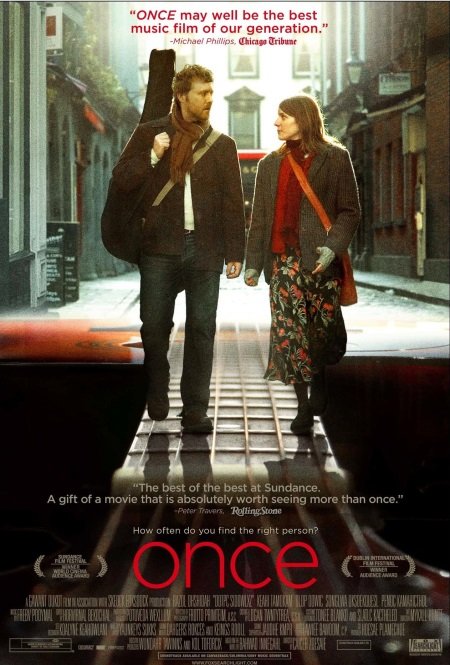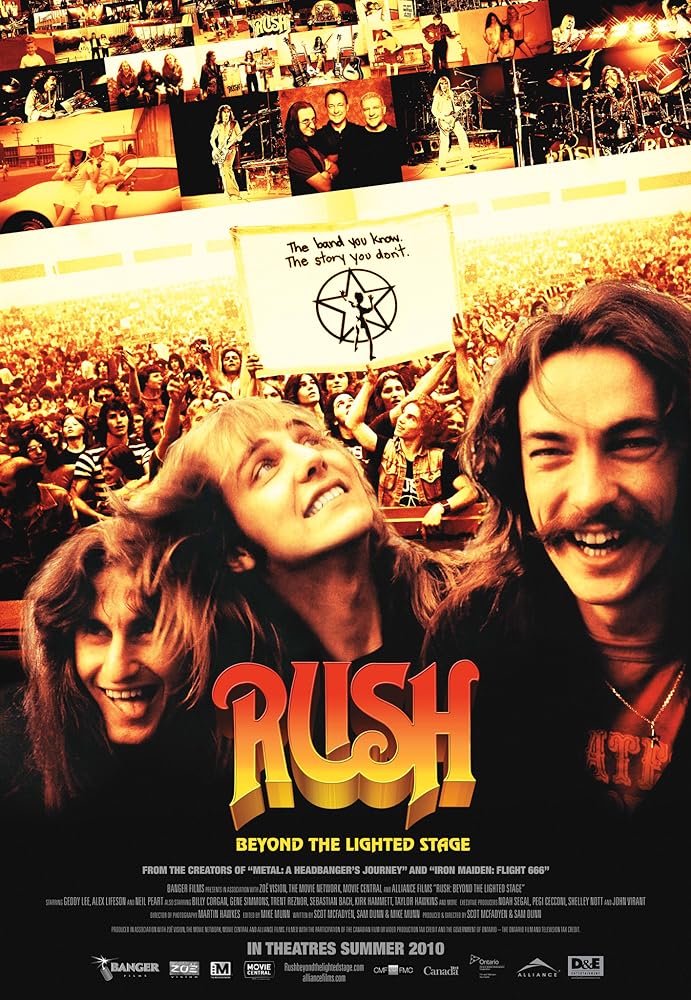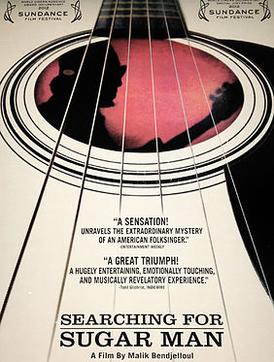 Cut to the chase — in fact, it makes sense for me me to start on that given how this film struck me. The story is good, but it wasn’t the important thing to me, but it supported what I saw as the bigger point to the film … which maybe comes out to a musician viewing the film as opposed to a non-musician. So maybe now you’re saying I haven’t cut to the chase, but you’d be wrong — I’m coming off as cryptic because I haven’t written the rest of my point supporting my what would be cryptic.
Cut to the chase — in fact, it makes sense for me me to start on that given how this film struck me. The story is good, but it wasn’t the important thing to me, but it supported what I saw as the bigger point to the film … which maybe comes out to a musician viewing the film as opposed to a non-musician. So maybe now you’re saying I haven’t cut to the chase, but you’d be wrong — I’m coming off as cryptic because I haven’t written the rest of my point supporting my what would be cryptic.
Right, so, let’s get on with it.
So here’s the basis of the story …
A British song-writer breaks-up with her rising-pop-star boyfriend and gets noticed for one of her songs by an out-of-work record producer when she performs at an open-mic in NYC the night before she was going to return to England. The music producer convinces her to stay and record an album with him but they don’t have money or other support to make it. Through portable gear and musicians of varying abilities they take her songs to the streets and record live around New York. The first track gets recorded in an alley, another in Central Park, one on a train platform, the last on the roof of a building.
Here’s my thing from this film …
To date I have more than 30 concepts for albums that I want to record. To date I have done a lot of work toward five or twelve of these and haven’t recorded a single note maybe beyond a few demos. Five or so years ago I got myself into a playing-skill space over a three-day weekend. I was back in school at the time — busy — I felt that if I could keep working during the coming school week that I could belt out recording my part the following weekend. Well, I returned to school, was busy with school work (remember, ‘busy’), and didn’t continue to practice hence I didn’t make the recording. But what if I had? What if I just made the recording, even if I wasn’t that little blip further along in my ability. I thought of it then, figuring that I’d be better off to do it, to make it, — to have a recording to work with it if I didn’t get to push for that little bit better playing ability.
Why not record? Why not record every performance, record every time you’re close to the idea you want to record? I’m not talking about studio recording – I can’t record that, many musicians can’t. I’m talking about personal gear. These days you can get good equipment that’s pretty easy to use, really for not much money. At a guess, I’ve spent about a thousand dollars on music gear — about half new and half used. I’ve read a little how to use it, I’ve experimented with it, I’ve asked advise of folks who are in the know, and I’ve captured recordings that sound at least pretty good – recordings that can be worked with. Likely, had I recorded and later recorded the other musicians, got the album finished, let’s face it … it wouldn’t have been the last time I played those numbers … and I could have recorded them again. I could have taken the album and booked myself for small performances, maybe had something special happen on some night, and recorded that too.
I’m not saying playing bad is good or making a garbage recording is acceptable. Play well and make a good recording, but neither have to be some ideal of ‘perfection’. It’d be better to play, perform, and record as opposed to never doing any. The Grateful Dead recorded their songs, released, and once touring always played exactly as they did on their albums? NO! Their recordings were a foundation to work from, to create upon. Record – get the playing, get the moment, do it instead of don’t, you may get something unique.
I didn’t cut to the chase, did I?
By the way … if you like Begin Again — which was directed by John Carney — I urge you to watch Once (2007), which Mr. Carney both wrote & directed.
Begin Again at IMDB and Wikipedia
 Between 1986 and 1991 singing was the weapon of choice for the people of Estonia who sought to free themselves from decades of Soviet occupation. During these years masses of young people, without any political party, gathered in public to sing patriotic songs and to rally for national independence — patriotic songs that had been made forbidden.
Between 1986 and 1991 singing was the weapon of choice for the people of Estonia who sought to free themselves from decades of Soviet occupation. During these years masses of young people, without any political party, gathered in public to sing patriotic songs and to rally for national independence — patriotic songs that had been made forbidden.










 As the singer / songwriter faded into obscurity, bootleg recordings of Sixto Rodriguez’s album found their way around apartheid South Africa. Here, unbeknownst to him, over the following two decades his music became a cultural phenomenon — but no one knew who the artist was…
As the singer / songwriter faded into obscurity, bootleg recordings of Sixto Rodriguez’s album found their way around apartheid South Africa. Here, unbeknownst to him, over the following two decades his music became a cultural phenomenon — but no one knew who the artist was…